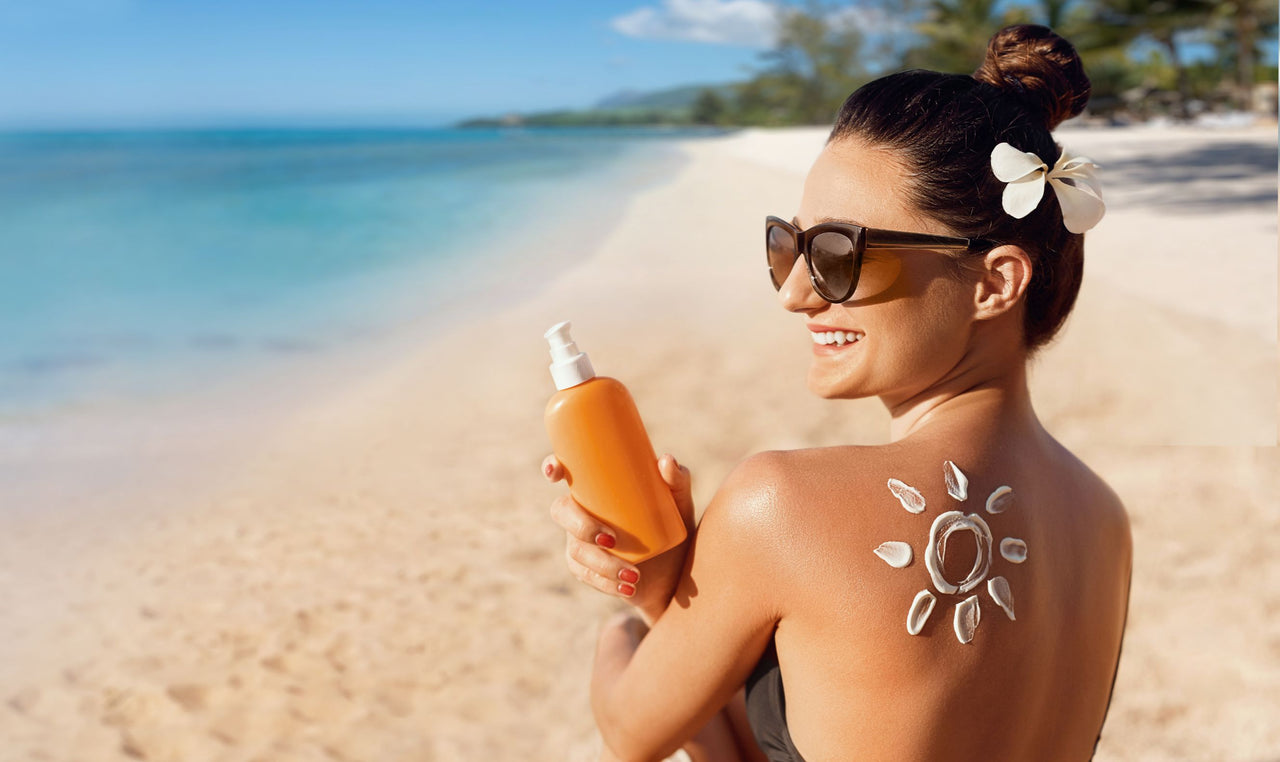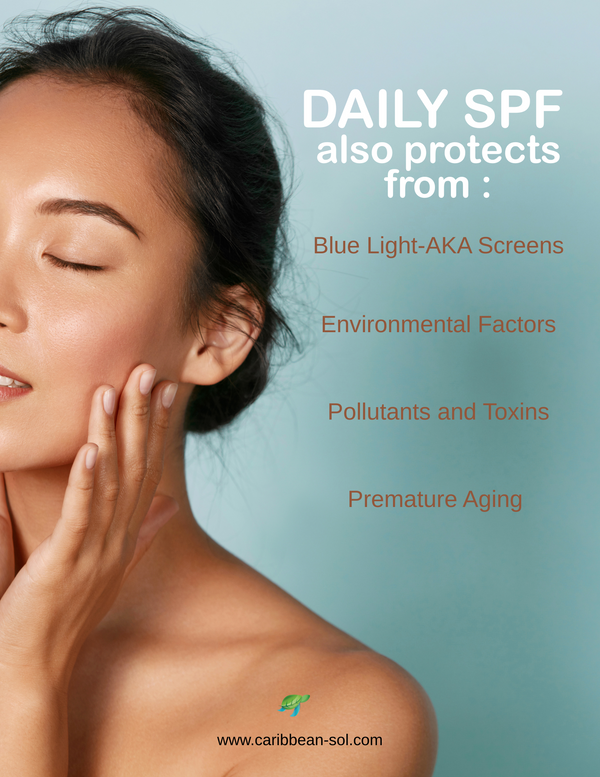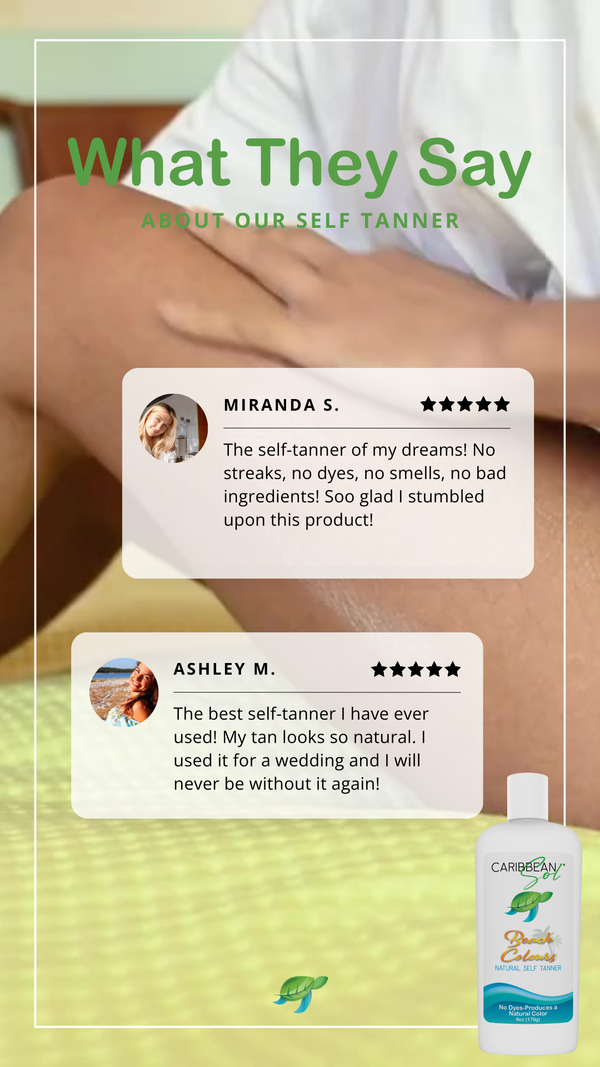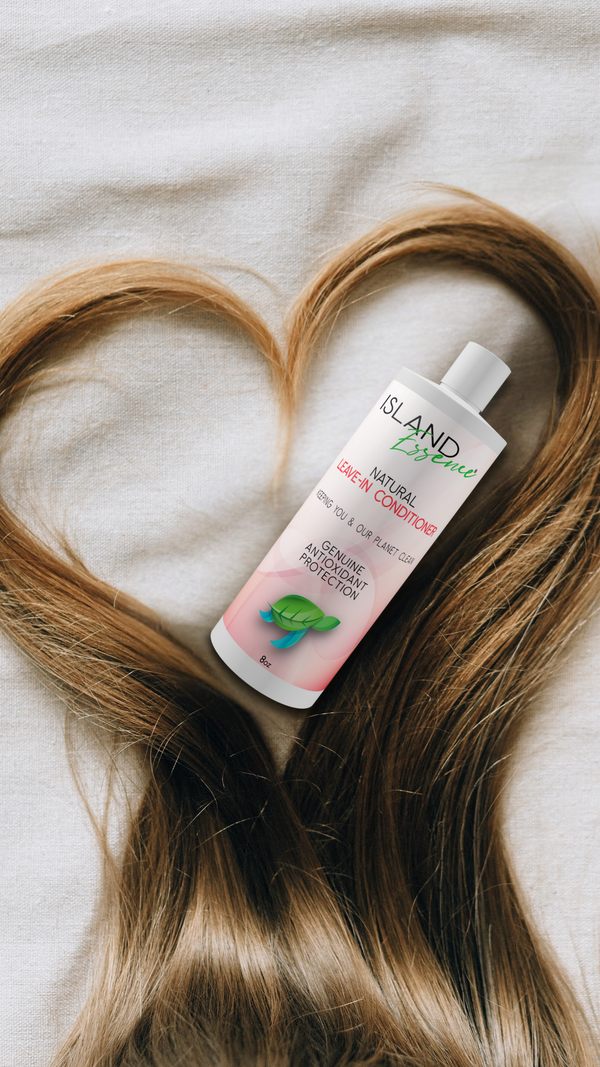Sun protection is an important topic on the minds of millions of everyday people especially during the warmer spring and summer months. The variety and choice of available sun protection products has grown tremendously in recent years. While having a wide variety of choices available is a wonderful thing for consumers, it can also be daunting to know which products are both safe for you and your family and offer worthy sun protection. In this article, we’ll attempt to shine light on the mineral vs. chemical sunscreen discussion by illustrating five key differences. By properly understanding these distinctions, you will be better prepared to make better decisions on sun protection for you and your family.

Mineral vs. Chemical Sunscreen: How each works
How mineral and chemical sunscreen works and the differences therein is perhaps the most important distinction from a product standpoint. Simply put, mineral sunscreens work very differently from chemical sunscreens. While both products work in the sense that they protect the individual from the sun, each product takes a very different approach.
Mineral sunscreens protect your skin by blocking and reflecting UV light. Chemical sunscreens protect your skin by having its ingredients penetrate your skin and then absorb the UV rays before the UV rays can damage your skin.
Mineral sunscreens are sometimes referred to as “physical sunscreens” because of they way the product forms a protective barrier on the surface of your skin (as opposed to being absorbed into the skin) that reflects UV rays away from you.
Both mineral and chemical sunscreens are considered to offer broad spectrum protection in that they protect your skin against both UVA and UVB rays.
Mineral vs. Chemical Sunscreen: Which is safer for people?
Assuming proper use of any sunscreen to protect against the harmful UV rays, mineral sunscreen is indeed more safe for people than chemical sunscreen. To be able to obtain proper sun protection without absorbing potentially-harmful chemicals into your skin is very important.
Oxybenzone is a common ingredient in chemical sunscreens that has come under question by both the FDA and the medical community for its potential risks to people. Some studies have referenced detectable amounts of oxybenzone in blood and breast milk as a result of sunscreen application. It is these studies that are leading more in the medical community to question whether or not continual use of chemical-based sunscreen products is a good idea for long-term health.
It’s also worth noting that not all mineral sunscreens are created equal. Zinc oxide is the common ingredient in mineral sunscreens that enable the sun protection characteristics. The zinc particles sit on top of your skin and block harmful UV rays. It’s important to seek mineral sunscreen products that are specifically “non-nano” zinc oxide products. The non-nano products will ensure a mineral sunscreen product with larger zinc oxide particulars that are less likely to penetrate your skin whereas the smaller, nano-sized particulars are small enough to potentially penetrate your skin. Note that ingredients in chemical sunscreens are even smaller than nano-sized particulars, as they are molecular-sized particulars and are meant to penetrate the skin.
Mineral vs. Chemical Sunscreen: Which is safer for the environment?
The concern over chemical sunscreens and their impact on the environment has become a major topic in recent years especially with respect to marine life and coral reefs.
When chemical sunscreens are washed off, the ingredients and chemicals make their way into the water system and wildlife. This is especially notable at popular coastal beach destinations where chemicals make their way into the ocean. Recent studies by places such as the National Ocean Service have noted that chemicals found in sunscreens can be highly toxic to coral reefs and other marine life.
Mineral vs. Chemical Sunscreen: What does the medical community say?
Historically, the medical community has been slow to critique sunscreen products because of an overwhelming concern for individuals and skin cancer risks when avoiding sun protection altogether. Skin cancer affects millions of people each year, so medical organizations are likely hesitant to release language that has the potential to curtail the general use of sun protection products and thus possibly leading to an increase in skin cancer cases. However, with the wider availability of non-chemical sunscreen products, this tone has shifted in recent years.
While the FDA is investigating the potential risks of oxybenzone, the American Academy of Pediatrics (AAP) has been more forceful in its language surrounding chemical sunscreens. The AAP advises against using sunscreens with oxybenzone on children and pregnant women as much as possible.

Mineral vs. Chemical Sunscreen: What do local communities say?
As the medical community is beginning to address the concerns of chemical sunscreen, local municipalities and governments that are concerned about their local environments and habitats have taken the lead on preventing use of chemical sunscreen. Let’s look at a couple of examples.
In 2018, the Hawaii state legislature passed a bill to ban sunscreen products that contain oxybenzone and octinoxate. These chemicals are commonly found in many sunscreen products. Concern over the demise of local coral reef and marine life was a major emphasis on the passing of this bill.
In 2019, the City Commission of Key West also voted to ban the sale of similar sunscreen products citing a big concern over its massive coral reef ecosystem.
It appears that this trend is likely going to continue as more local officials act to protect local coral reefs and marine life from the harmful chemicals found in many sunscreen products.
Frequently Asked Questions
Which is better, mineral or chemical sunscreen?
While both sunscreens are effective in blocking harmful UV rays from the sun, mineral sunscreens use ingredients to block the UV rays whereas chemical sunscreens utilize chemicals that are absorbed into your screen for protection from the sun. Recent studies have shown that some of these chemicals, namely oxybenzone, can be absorbed into your blood stream.
Are chemical sunscreens safe?
The FDA is investigating the potential risks of oxybenzone, a common ingredient in chemical-based sunscreens. Moreover, the American Academy of Pediatrics (AAP) advises against using sunscreens with oxybenzone on children and pregnant women if possible.
What are mineral sunscreens made of?
Zinc oxide is the common ingredient in mineral sunscreens that is used as a physical blocking agent of harmful UV rays.

Conclusion
We at Caribbean Sol are passionate about providing high quality sun protection products that are chemical free and safe for people as well as the environment.
Our products use all-natural, non-nano zinc oxide and are reef friendly. If you’re concerned about you or your children using chemical-based sunscreens, we encourage you to try one of our all-natural sunscreen products. Links can be found below:
You can click here to learn more and shop our various products:
Do you have any questions about mineral vs chemical sunscreens? Please contact us today.




